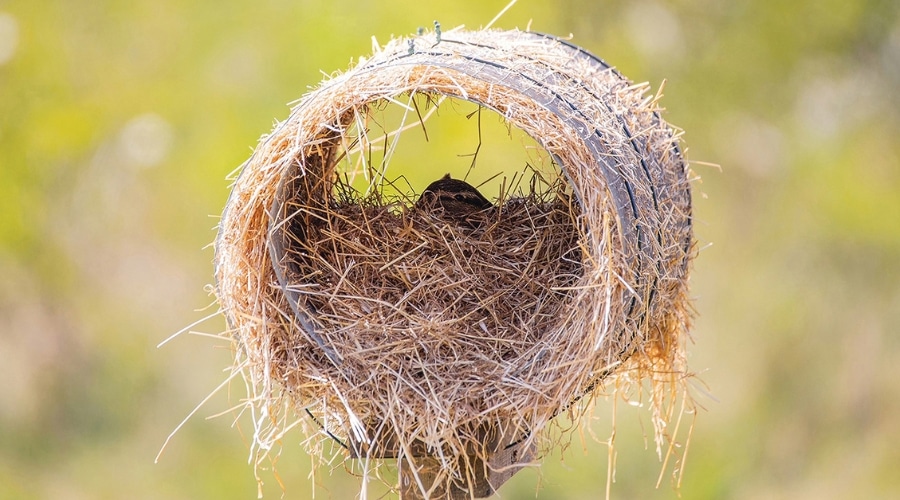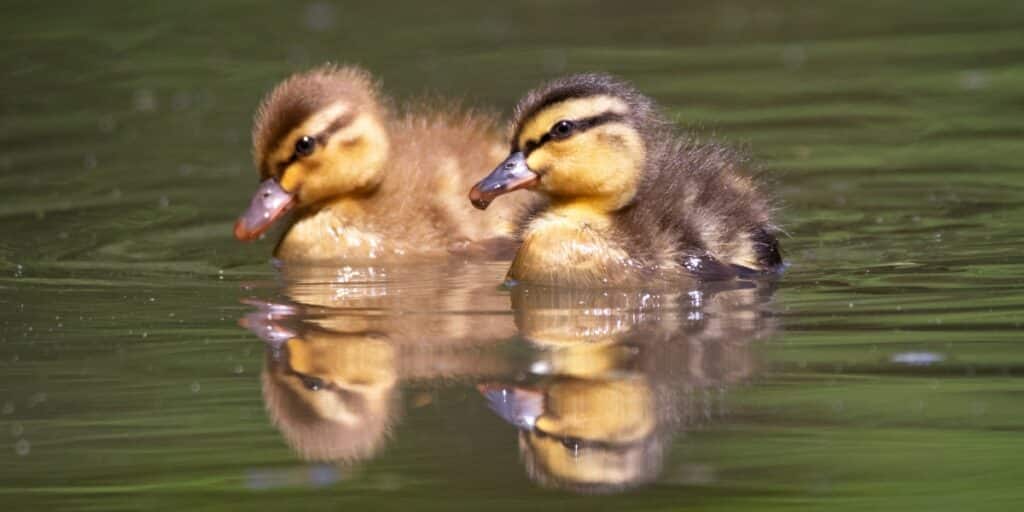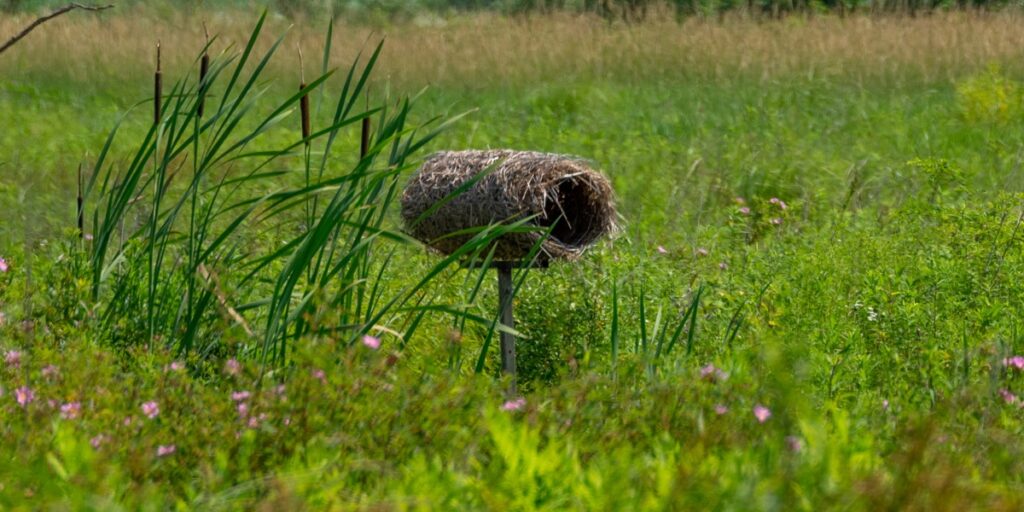
Duck nest tubes are a quacking success
Once occupied, installing duck nest tubes can increase mallard hatching rates to more than 90 per cent.
Get information on the legal shooting season for mammals and birds in the UK.
Apply for funding for your project or make a donation today
Comprehensive information and advice from our specialist firearms team.
Everything you need to know about shotgun, rifle and airgun ammunition.
Find our up-to-date information, advice and links to government resources.
Everything you need to know on firearms law and licensing.
All the latest news and advice on general licences and how they affect you.


With reports of ducklings hatching out across the country, now is the perfect time to monitor any duck nest tubes you may have installed.
It’s fair to say that the weather we have received so far this spring hasn’t been the kindest, and the effects on our wildlife – including quarry species – will soon be apparent. A change in conditions may offer a glimmer of hope for many species that are yet to breed, but some wildfowl including mallard duck, will have already attempted to nest.
Many have been exposed to the rising water levels and bad weather that we have recently seen. These conditions are far from ideal for the UK’s resident mallard duck population, especially since we have seen a decline in their numbers over the past 20 years.
As a ground nesting species, mallard and their nests are vulnerable in such conditions. Add to that the risk of predation and disturbance and low hatching success rates are likely to be a contributing factor in population declines.
Wild nests are difficult to monitor, and to understand the impacts of environmental challenges on nesting success rates, we need as much data as possible to monitor breeding success.
In 2021, the duck nest monitoring project was founded by the Waterfowlers’ Network, an international partnership made up of hunting organisations from across Europe. The project is dedicated to the conservation of wild ducks such as mallards across the flyway. It involves installing artificial nesting structures and monitoring the breeding success of the species that use them.
Aimed at mallard, the success of the project heavily relies on both the installation of nesting structures in appropriate sites and data being recorded and reported back. The data element is vital to help to understand which management practices are most likely to have a positive impact on the breeding success of resident mallard.

Mallard can breed all year round, but many start to nest early in the year, so now is the time to start checking on any nest tubes you may have installed. Below are a few tips on how to do this successfully.


Once occupied, installing duck nest tubes can increase mallard hatching rates to more than 90 per cent.

The health of Europe’s ducks was centre stage at the Pan-European Duck Symposium in August, featuring presentations on BASC research projects.

Whip out your notebook and start recording your duck nest tube findings to win a great piece of kit.